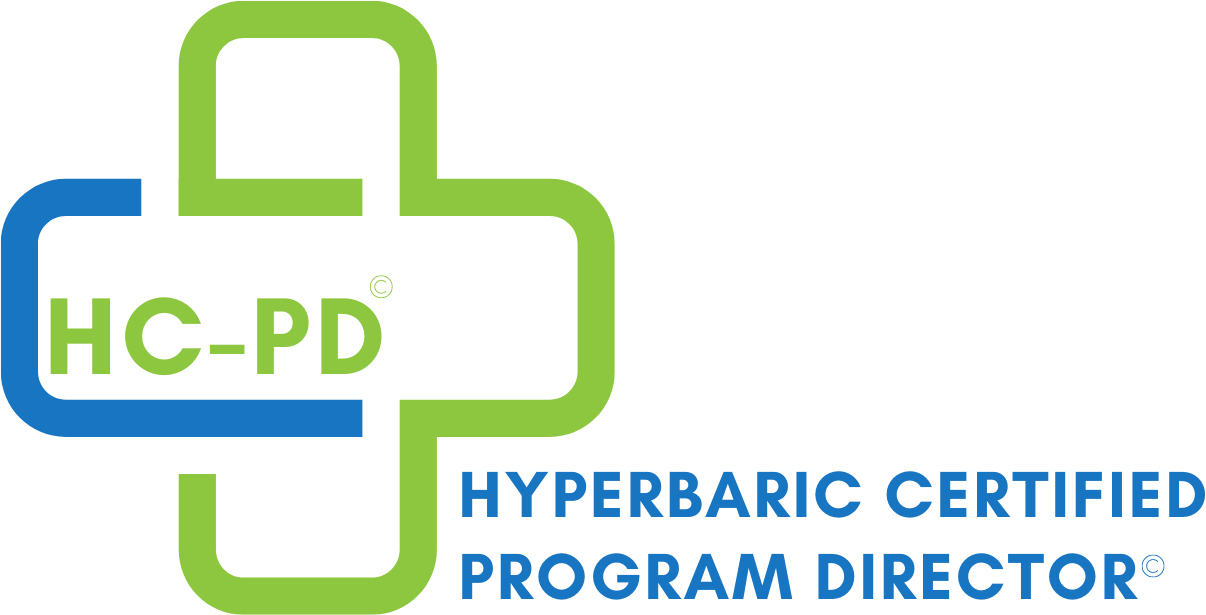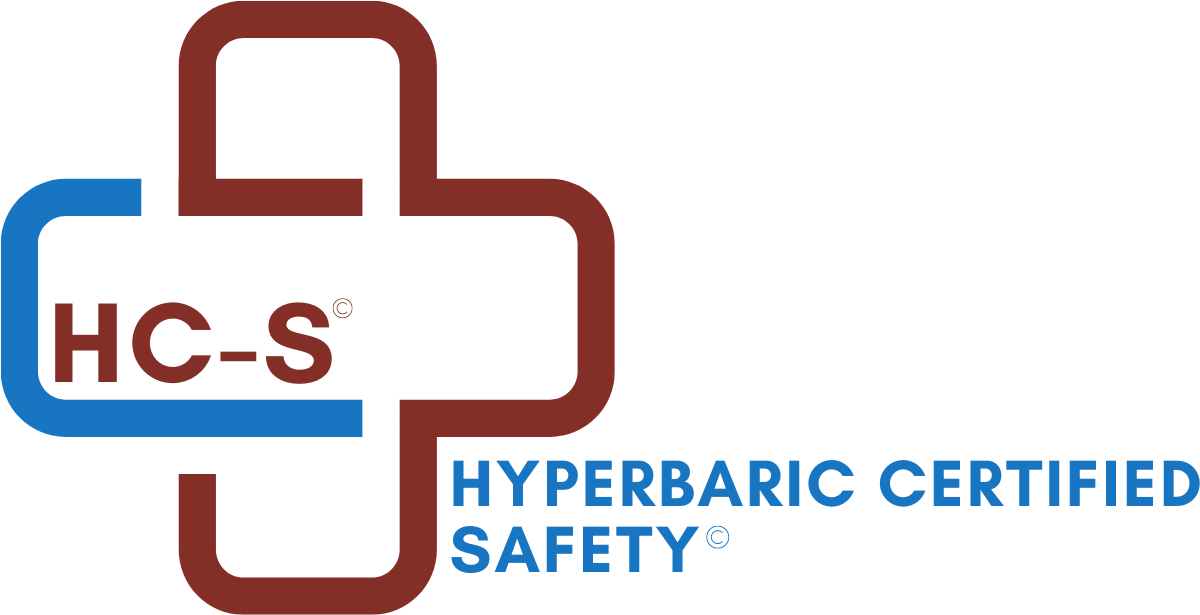Rx Pad
Think In Ink – What to Document for Medical Necessity
Do you "think in ink" when it comes to documenting medical necessity? Understanding, or not understanding, medical necessity could affect your clinic's billing and coding (and thus your bottom line), and expose your staff and/or clinic to risks when audits are conducted.
What is Medical Necessity?
ICD-10-CM billing and coding instructor, Gretchen Dixon was involved in an external audit exit conference and while listening to an attorney talk to a physician about medical necessity, the attorney provided this clarification:
“There is a difference between clinical medical necessity and billing medical necessity.
Just because YOU (referring to the physician/provider) think it is medically necessary does not mean it is going to be!”
Now let’s dive a little deeper into definitions . . .
- Medically necessary is a professional opinion by the practitioner.
- Billing medical necessity may or may not meet specific guidelines based on 3rd party-payer policies depending on diagnosis and treatment methodologies.
Billing involves the ICD-10 diagnosis codes reported to the highest level of specificity supported by clinical documentation.
3rd party payers, as well as CMS/ MAC, define billing medical necessity as what they will pay for.
As per the AMA’s statement to the Institute of Medicine’s Committee on Determination of Essential Health Benefits January 14, 2011:
“The prudent physician standard of medical necessity ensures physicians are able to use their expertise and exercise discretion, consistent with good medical care in determining the medical necessity for the care to be provided to each patient individually.”
Important Note: Even full clinical documentation may not be sufficient to explain medical necessity to government attorneys & auditors who lack a clinical background.
Now providers must share the responsibility by providing a relevant diagnosis with what service was provided.
The weight of a diagnosis = what service was provided.
No longer is reimbursement just for what service (with a non-specific diagnosis) was provided; but now the why is important.
Key Takeaway
A key takeaway for you is this: Unspecified codes may not provide the level of acuity with complexity of care and intensity of services to warrant a specific HBO treatment plan.
Want to learn more?
This specific topic will be taught on Day 2 of the 2-day workshop, The Business of Wound Care and Hyperbaric Medicine.
Learn more about the workshop HERE.
Want a free preview of the two-day workshop? Try the Free Mini-Course: The Business of Wound Care and Hyperbaric Medicine
In this Free Mini-Course you will learn from Dr. Michael White, MD, MMM, CWS, UHM and course director for "The Business of Wound Care and Hyperbaric Medicine" how to tackle:
- Meeting your budget goals
- Increasing patient load
- Becoming a profit center for the hospital (and keeping your clinic doors open!)
- And ultimately lower your own stress levels!
Enter your name and email below for immediate access to the free mini-course.
When you subscribe to the blog, we will send you an e-mail when there are new updates on the site so you wouldn't miss them.


Comments